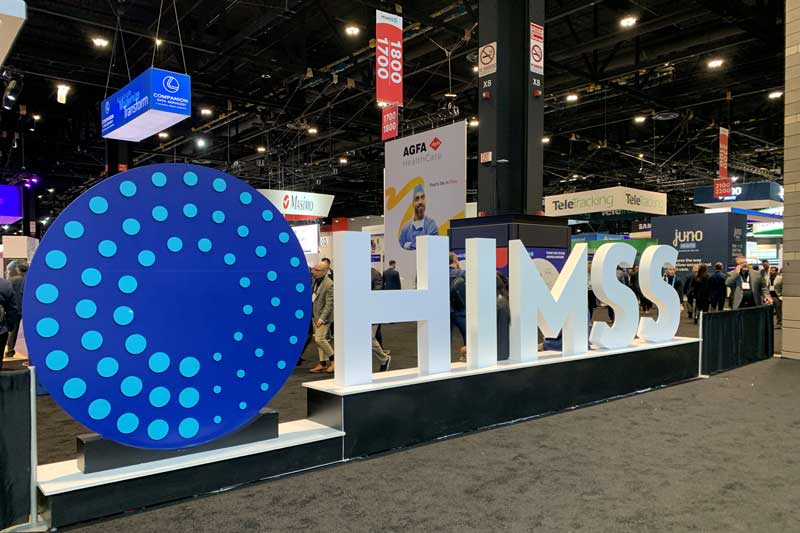For years, bigger was considered better when it came to hospitals. But now some hospitals are thinking small. In an effort to deliver faster, more convenient care, some healthcare systems are opening what are called “microhospitals” or “neighborhood hospitals.” These put care closer to the patient while allowing established hospitals to expand their footprints.
Tweet: Microhospitals: how a new healthcare model leverages business intelligence
Tandem Hospital Partners, founded in 2014, operates several new microhospitals, with plans to open a total of 15 in 2018. Tandem’s innovative business model relies heavily on data and business intelligence to help the company deliver timely, quality care. Here is a look at how Tandem is leveraging data and BI.
Bringing quality care into smaller settings
Tandem works with leading hospital systems across the U.S. to build and operate state-licensed, CMS-accredited, acute care neighborhood hospitals. These are open 24/7 and staffed by board-certified ER physicians. Each hospital has an in-house lab, pharmacy, radiology, 7 ED beds, and 6 to 10 inpatient beds. The hospitals are designed to handle critical medical conditions like chest pains, seizures, stroke, severe bleeding or injuries, in addition to providing inpatient care capabilities. Patients requiring highly specialized care can be transferred to the partner hospital.
Tandem builds microhospitals from the ground up and then partners with well-known hospitals in the region. It is a relatively quick process: Tandem takes just three years to build and open a facility.
Short wait times are central to the business plan
Tandem’s scaled-down hospitals are designed to deliver excellent care with minimal wait times. This sets them apart from traditional ERs. “One of the key differentiators in these microhospitals is the ‘door-to-doc’ time,” says AJ Roy, Tandem’s director of business intelligence and interoperability. The goal is to have patients see physicians within 5 minutes of their arrival 90% of the time.
Business plan creates BI demands
Given its quick growth and partnerships with different hospitals in multiple states, Tandem needed a data management and BI solution that would:
- Scale up quickly
- Integrate multiple EHR systems and workflows into one platform
- Deliver insights into the operations of hospitals across the country
- Minimize patient wait times
Putting Diver to work
Tandem is putting Diver Platform to work in four realms – clinical care, operations, finance, and quality – in all its locations across the country. Diver integrates disparate EHRs from different hospital partners into one platform. “It is a three-dimensional view of our industry looking at these four domains across different markets, with the primary deliverable being the quality of service,” Roy explains.
Custom dashboards “provide a tactical view of the operation.” This includes an hourly census that both clinical and operational teams can view. This information can be used to notify staff of critical events. For instance, Roy explains, if a patient is waiting for more than a certain amount of time, “we have the option of triggering alerts through emails or other messaging services, or even just visually identifying those patients on a dashboard, a tracker board.” This can go a long way in improving wait times and patient satisfaction.
In finance, billing offices now use Diver for month-end reconciliation and day-to-day tracking, while executives draw on it for overall strategic support. Tandem is in the process of integrating quality metrics into Diver, with implementation expected in a few months. The company chose to implement Diver in the cloud, where it serves as a hub for the company’s other cloud services. This allows Tandem to focus on building and operating its hospitals, rather than data warehousing.
Pleased with the progress
Tandem is currently using Diver to integrate 15 or 20 different data feeds. Although it is too early to reliably measure ROI, Roy is pleased with the progress. “We are already bringing in multiple hospitals in the same platform, which is very much in line with our strategic goals.”
Going forward, Tandem’s BI solution will evolve as the company grows. Diver will continue to integrate various EHR systems from new partners, while existing partners are free to change their EHRs and workflows.
- Survey Says: Healthcare CIOs Don’t Fully Trust Their Data - November 8, 2018
- Microhospitals: How a New Healthcare Model Leverages Business Intelligence - September 25, 2018
- How New Database Technology Fuels Oil Company’s Analytics - September 20, 2018



